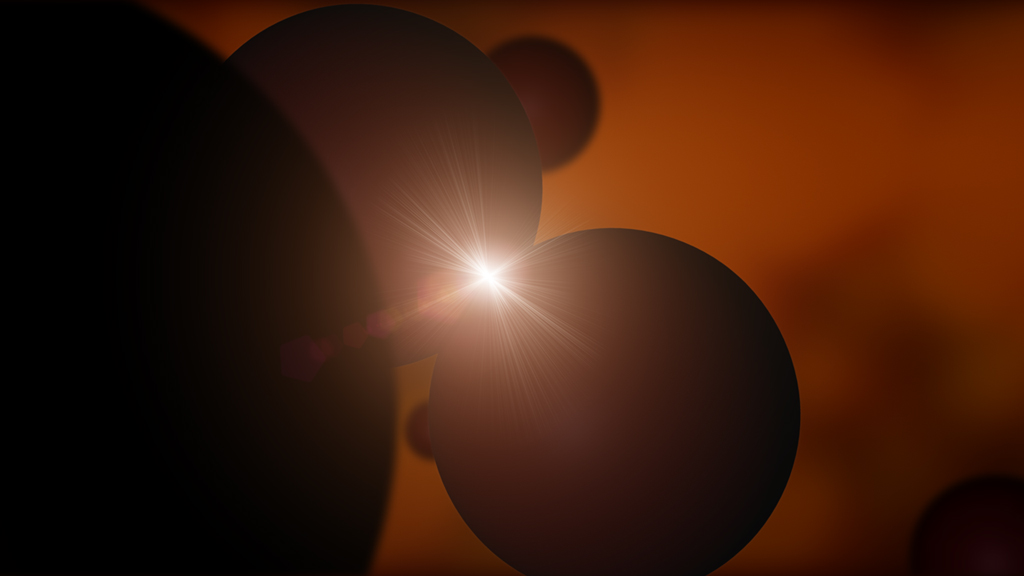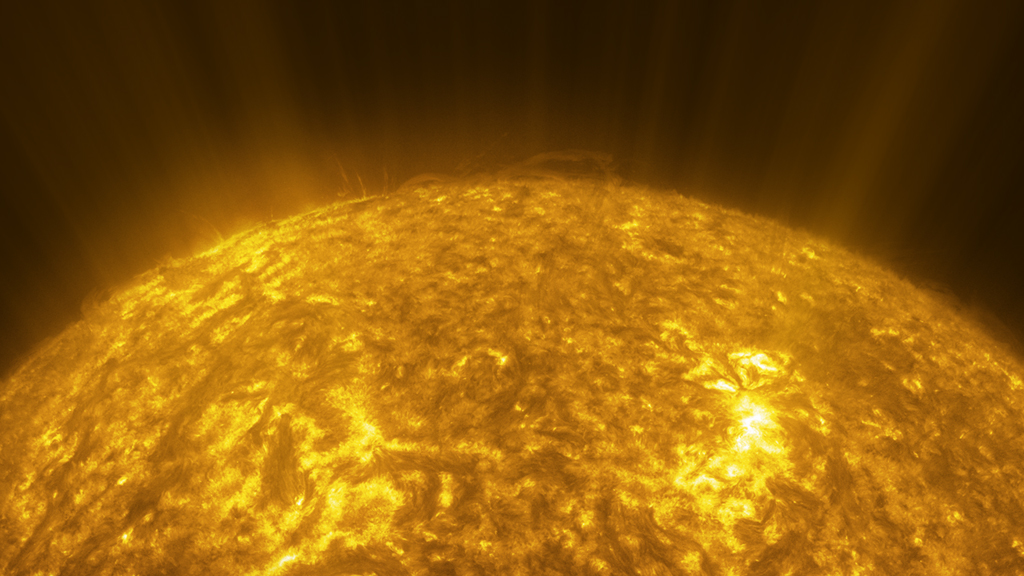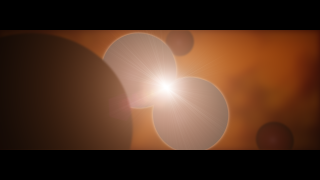Sun
ID: 11084

An elegant interaction powers the sun, producing the light and energy that makes life possible. That interaction is called fusion, and it naturally occurs when two atoms are heated and compressed so intensely that their nuclei merge into a new element. This process often leads to the creation of a photon, the particles of light that are released from the sun. However, before exiting our star, each photon must first undergo a long journey. Over the course of 40,000 years it will be absorbed by other atoms and emitted repeatedly until reaching the sun's surface. Once there, the photons stream out, illuminating Earth, the solar system and beyond. The number released from the surface every second is so vast that it is more than a billion billion times greater than the number of grains of sand on our planet. Watch the animation to see how atoms deep inside the sun's core melt together and generate light.




Origin Of Light





Related Story
Story Credits
Visualizers/Animators:
Walt Feimer (HTSI)
Michael Lentz (USRA)
Video Editor:
Genna Duberstein (USRA)
Producer:
Walt Feimer (HTSI)
Lead Scientist:
Holly Gilbert (NASA/GSFC)
Lead Writer:
Karen Fox (ADNET Systems, Inc.)
Walt Feimer (HTSI)
Michael Lentz (USRA)
Video Editor:
Genna Duberstein (USRA)
Producer:
Walt Feimer (HTSI)
Lead Scientist:
Holly Gilbert (NASA/GSFC)
Lead Writer:
Karen Fox (ADNET Systems, Inc.)
Please give credit for this item to:
Conceptual Image Lab, NASA's Goddard Space Flight Center
Earth photo courtesy of NASA/ISS Expedition 13 crew
Conceptual Image Lab, NASA's Goddard Space Flight Center
Earth photo courtesy of NASA/ISS Expedition 13 crew
Short URL to share this page:
https://svs.gsfc.nasa.gov/11084
Keywords:
SVS >> App
NASA Science >> Sun
https://svs.gsfc.nasa.gov/11084
Keywords:
SVS >> App
NASA Science >> Sun








